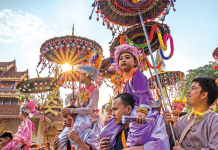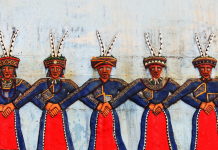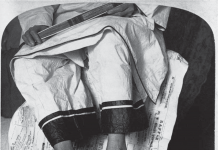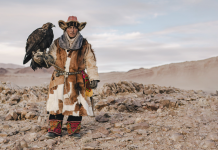Text: Senani Ponnamperuma, by way of Selina Tan
The history of Sigiriya (pronounced sih-GIH-ree-ah) is one of vision, grandeur, beauty and tragedy unparalleled in Sri Lankan history. It tells the story of King Kasyapa, who ruled the island of Sri Lanka between 477 and 495 AD. Tormented by guilt and fear after murdering his father, the king abandoned his capital of Anuradhapura and fled deep into the forests of Sri Lanka. There, in an area dominated by a menacing black column of rock 183 metres high, he built himself a resplendent new capital.
The pièce de résistance was the rock itself, the very heart of the entire city. Located in Matale district in the country’s Central Province, it is of enormous historical and archaeological significance to Sri Lankans. Researchers believe that the rock shelters and caves in the vicinity of the region were occupied by Buddhist monks and ascetics since the third century BC, and the area in central Sri Lanka has been inhabited by human beings since at least 20,000 BC. In Buddhist mythology, Alakamanda was a prosperous city of the gods, said to exist in a faraway place at great elevation. It is through this legend that King Kasyapa gained his inspiration to harness the vast wealth and resources of his kingdom to recreate Alakamanda on Earth. He would transform the rock to appear as though it were a cloud and at its summit he would build a palace in the sky as the seat of his power.
The king and his architects built a royal citadel with ramparts, moats and lavish gardens, ponds and fountains around the looming black rock. They erected grand staircases leading up to the base of the rock and an unusual parapet wall that precariously hugged the side of the vertical rock face as it wound its way around the western side of the rock. This wall had such a high reflective lustre that it came to be known as the Mirror Wall. They then painted the entire surface of the rock in a coat of white paint so that it appeared like a massive cloud floating above the treetops. Finally, on the western surface of the rock, they painted the largest portrait gallery in the world. This spectacular gallery consisted of over 500 stunning frescoes depicting lightly clad semi-naked females – the Sigiriya Frescoes.
Check out the rest of this article in Asian Geographic No.107 Issue 5/2014 here or download a digital copy here


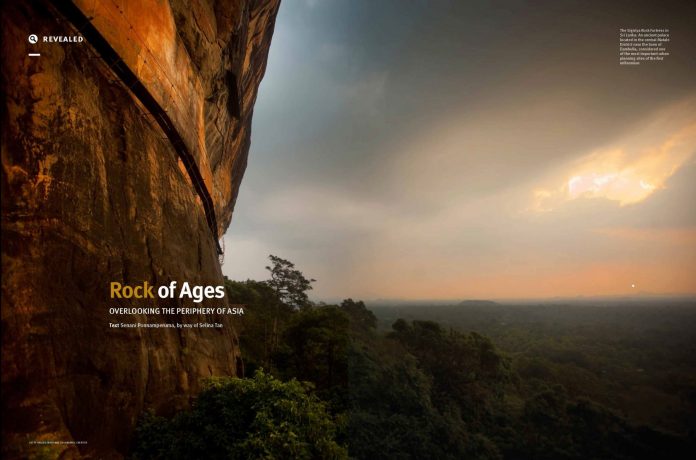

![The Road to Independence: Malaya’s Battle Against Communism [1948-1960]](https://asiangeo.com/wp-content/uploads/2021/07/WhatsApp-Image-2021-07-26-at-11.07.56-AM-218x150.jpeg)
